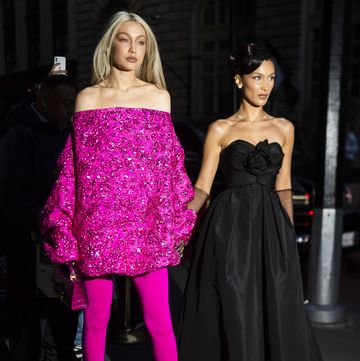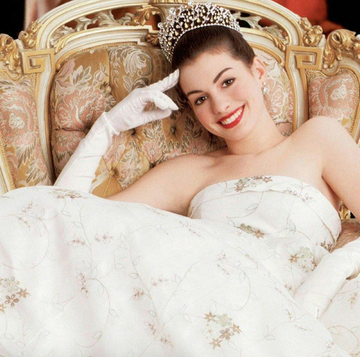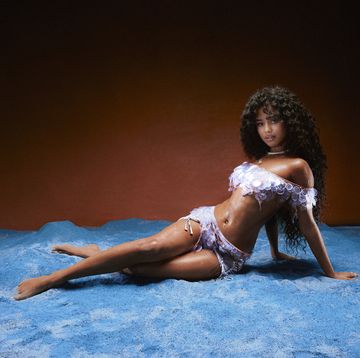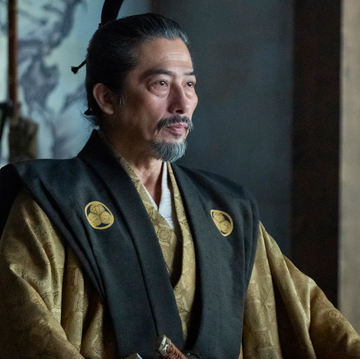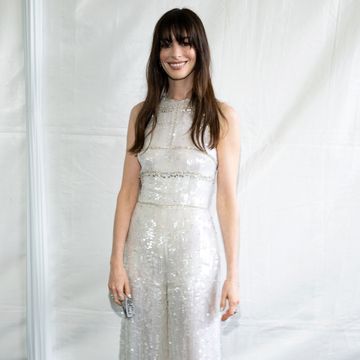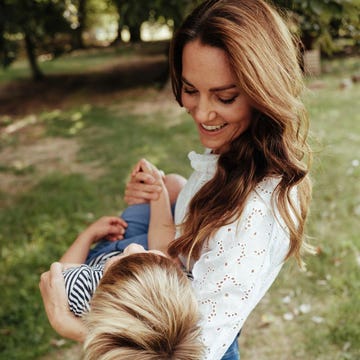No one knew what was wrong with me. I had been spending days on the sofa, blankly staring at the walls of my flat in Hackney with no desire to do anything – or even move at all, really. I had grown facial hair – a first. I was overeating. I was wearing my boyfriend’s clothes, but had no self-esteem. This generally low feeling hung over every corner of my life. I wanted to die. And it was becoming obvious.
My boyfriend wisely suggested I try therapy. So, in a last-ditch effort to save myself, I agreed and began to see a LGBTQ psychotherapist on Thursday mornings. It was late summer 2011. My name was Ryan. I was 29. I was born in 1982. And then born again in 2012 (I don’t mean that in a spiritual way). I’ll explain.
I grew up in a small rural community in Staffordshire – the type of place where everyone knows everyone. All of my friends were girls. My best friend, Laura, permed her hair like Lightning from Gladiators. I, on the other hand, liked to dress up as the Blue Fairy from Pinocchio. I built houses for my sisters’ Sindy dolls and became an excellent roller skater.
What I didn’t like doing was the ‘boy’ stuff: fishing, playing football and anything that involved getting dirty. I was the boy who would dab Vaseline on his eyelids and cheekbones to get just the right amount of shimmer, as Natalie Imbruglia had suggested in Just Seventeen.
My flamboyant behaviour came at a price. The boys in school began to call me Rachel. Once, during an afternoon of running errands with my nan I heard a voice yell, ‘Oi, look! There’s Rachel the poof.’ I was mortified and deeply embarrassed that my nan had to witness it.
At school, my classmates would throw stones and potatoes at me. The taunting was constant, a twisted normality for me. Sometimes the abuse felt life threatening, like the time when I was 14 and a boy punched me in the face, sending me to A&E. When my teachers asked me about it, I lied to avoid attracting any more unwanted attention, by saying I had walked into a door. I think my parents suspected I was having problems, but they never asked. It was isolating, but little did I know, I was hardly alone: 70% of children who are confused about their gender identity are bullied at school, according to data released by the Home Office. Meanwhile, a study conducted by the American Williams Institute reveals that 78% of transgender respondents who had suffered physical abuse at school attempted suicide.
My life at school was awful, and my situation at home wasn’t comforting. My parents divorced when I was six and it was deeply confusing because I didn’t understand what was happening to my family. I thought my father didn’t love me because he didn’t love my mother. And I felt quite lost, having to move between my mum and my dad. This was made even more complicated by the fact that I had to ‘man up’ to support my sister and mother, who had a nervous breakdown as a result of the split. I took on more responsibility and adopted more ‘male’ duties in the house, which confused me even further. Art, crafts and music were my escape from reality. They helped mask the displacement I was feeling.
The one thing I was clear on was this: I was attracted to men. And in the mid-Nineties, mainstream media was only just beginning to recognise gay men. This was pre-internet, pre-smart phones and pre-Queer As Folk [a ground-breaking late-Nineties TV show about the Manchester gay scene]. We were nine years away from a transsexual called Nadia winning Big Brother. You wouldn’t be caught dead reading Attitude magazine in WHSmith. And so I couldn’t find the information I desperately needed to understand who I was.
My life started to change for the better at 16, when I began to study art and design at the local college. I met other people who liked the same music as me. Some of my friends were even bisexual. I met boys who wore make-up and, in the afternoons, we’d all go to the local Wetherspoon and get drunk. I joined a band and played bass guitar. When we performed live, I’d wear make-up and dresses, which felt natural.
But still, I had never heard the words ‘transsexual’ or ‘transgender’ and many people in the world still haven’t, though global celebrities such as Caitlyn Jenner and Laverne Cox certainly help. We don’t have accurate data that reveals how many people in the UK, or even the US, identify as transgender. The UK Government Equalities Office has revealed that only 3,906 people have been granted Gender Recognition Certificates (GRCs) in the UK so far, and that this figure is most certainly an underestimate of the number of people who identify as transgender, considering many choose not to do so publicly. But I do think the numbers will increase, as general awareness grows. Already, the NHS referrals for children aged 10 and younger with gender identity confusion has quadrupled in the last six years.
Making these diverse friends at college gave me the courage to move to London at 18, eventually settling in Hackney, East London. It is where I found my tribe. I met men who were willing to stick two fingers up to gender binaries. They called themselves genderqueer or transdrogynous. They didn’t care what anyone thought about how they looked or the way they dressed. This gave me licence to display my own femininity, to get to know the woman inside of me.
At first, I did it through clothing and make-up, performing in local clubs as the performance artist Ryan Styles. I’d wear dresses on stage, but menswear during the day. But I still felt unsettled: my euphoria at being in a new city, surrounded by kindred spirits, slowly gave way to depression again. It wasn’t until I began therapy that I discovered the conflict over my identity was the root of my unhappiness, and that this was called gender dysphoria. This was more than just wanting to dress up as a woman; gender dysphoria is a condition where a person experiences distress because there is a mismatch between their biological sex and their gender identity. Doctors once considered it a psychiatric condition, but recent research suggests it may originate in the womb, possibly as a result of genetic or hormonal factors.
Ryan ‘died’ in 2012, one year after the UK government published the world’s first transgender equality action plan.
When I wrote a letter to my parents explaining why I was transitioning, the news came as a shock. They had been very proud of Ryan. My dad didn’t want me to do it. He thought it would make me unhappy in the long run. And even today, he still struggles to accept his new daughter. My mum, meanwhile, is slowly beginning to adjust to it, though she couldn’t talk to me for two years (she thought that doing so and seeing the new me would make clear that her son was gone). It was tough, but I had resolved to transition, and to potentially have gender-reassignment surgery.
In order to do this through the NHS, I was referred by my local GP to the Gender Identity Clinic at Charing Cross Hospital. Over a period of 18 months, I had regular appointments with psychiatrists, who assessed my situation and feelings of gender dysphoria. I was prescribed oestrogen (Hormone Replacement Therapy) and was discharged this April having completed two years of ‘Real Life Experience’, a period of time in which transgender individuals live full-time in their preferred gender role.
I’m now waiting for an appointment to be assessed for surgery (usually, there is a 10-month wait). Once given the go-ahead, the operation takes place roughly six to nine months later. I’m expecting mine will happen in 2017, although the NHS is doing all it can to bring down the waiting times. But it’s definitely not an overnight transformation.
My surgery would be a vaginoplasty, in which the penis is inverted to create a vaginal cavity and the skin from the scrotum makes the labia. The tip of the penis, where all the nerve endings are, is kept intact and used to make a clitoris, so you can still be sexually aroused. It takes around four to six hours to complete. Afterwards, you must dilate for the rest of your life, or have regular sex, to keep this cavity open. It’s a life-changing operation, and it’s irreversible.
To be considered for surgery, you have to prove you have been living full-time as a woman for a minimum of two years. I’ve heard that, back in the day, the NHS would randomly phone up people’s employers and ask, ‘Is so-and-so wearing a dress today?’ But it’s mad to think wearing a skirt makes you more of a woman. As much as I’ve come to love the act of exploring and displaying my femininity through clothes, my transition is about so much more.
Throughout all of the emotional, mental and physical preparations, I’ve been taking hormones, which feminise my appearance. My face is soft, my skin is supple, my hair is long. I don’t see Ryan in the mirror. It has been a long and, at times, heartbreaking process, yes. But this isn’t a depressing story, it’s an exciting and empowering one. For me, the choice was simple: live your life as a woman, or die as a man. And for the first time, living feels good.
Listen to Rhyannon talk more about her transition at elleuk.com/podcasts

